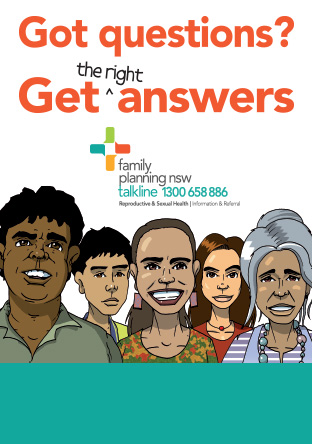Understanding the health needs of men and women in the midlife period
Research status
Completed
Overview of Study
A secondary data analysis was undertaken of the 45 and Up Study data to investigate 1) the prescribing practices of Testosterone Replacement Therapy (TRT) among men, and 2) the prevalence of urinary leakage among women. The 45 and Up Study is an ongoing cohort study of healthy ageing in New South Wales, Australia, conducted by the Sax Institute. Further information about the study is described here: https://www.saxinstitute.org.au/our-work/45-up-study/.
Testosterone Replacement Therapy among men
Globally, there has been concern about the growing off-label use of testosterone. Understanding the context within which Testosterone Replacement Therapy (TRT) is prescribed may contribute to interventions to improve prescribing in Australia. We used the original data from the 45 and Up Study baseline survey and linked PBS and MBS data to estimate the rate of initiation and continuation of TRT among 45 and Up study male participants, in order to explore the associations between patient characteristics with TRT and assess if the TRT aligns with Australian guidelines. In total, 105,429 men were included in the analysis. In two years following baseline, 2.9 per 1000 men (95% confidence interval: 2.6, 3.2) had initiated TRT. Men with self-rated poor health, those treated for osteoporosis, anxiety, depression or high blood cholesterol, and those who lived in major cities or were aged 55-74 years had greater odds of TRT initiation. In the six months before TRT initiation, 41% of men had a hormone test record. The high rate of TRT initiation and low rate of recommended investigations suggest TRT may have been prescribed outside recommended indications.
Urinary leakage among women
Urinary leakage is commonly under-reported due to its often embarrassing nature, however it has a significant impact on the quality of life of both men and women. We used the data from the 45 and Up Study baseline survey and follow-up survey to estimate the prevalence and identified the factors associated with urinary leakage. In total, 143,096 women at baseline and 59,060 women at the follow-up were included in the analysis. Approximately one in two women aged 45 years and older were more likely to experience urinary leakage. Increasing age, abnormal BMI, back pain, anxiety, depression, and psychological distress were associated with greater odds of women reporting urinary leakage. Asian ancestry and being unemployed was associated with a lower risk for urinary incontinence. Health professionals need to be aware of the high prevalence and of the associated factors such as high or low BMI, chronic conditions, psychological conditions and take into consideration the cultural and educational backgrounds of their patients. There may be a role for routine screening in primary care for urinary leakage in older women, particularly those with associated risk factors.


